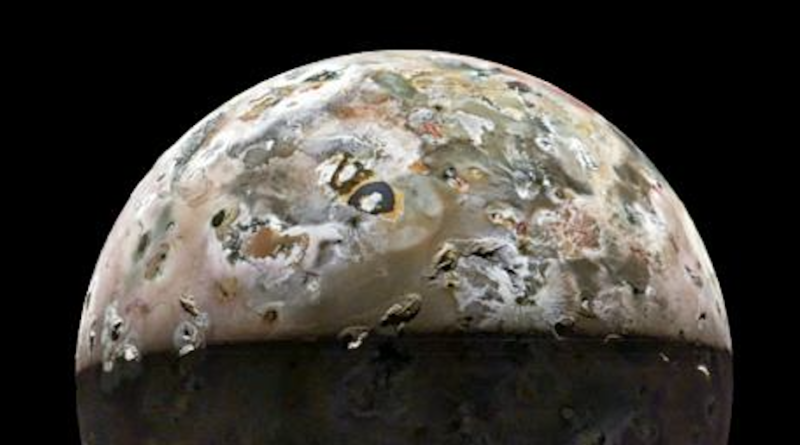The most stunning things NASA scientists just saw on volcano world Io
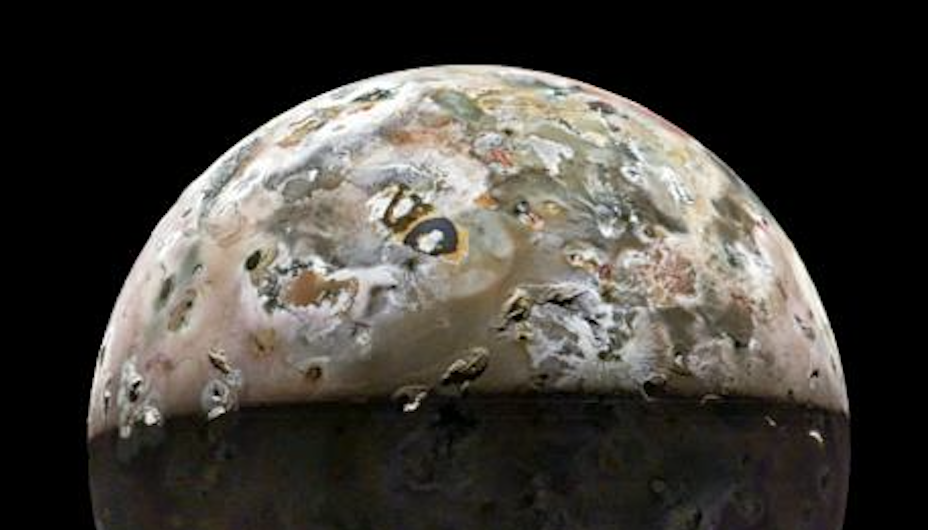
NASA’s Juno probe, exploring worlds hundreds of millions of miles away, has beamed back some of the closest-ever views of Io, the most volcanic land in our solar system.
The recent Feb. 3 flyby passed just 930 miles (1,500 kilometers) from the lava-covered Io, illuminating many of this world’s features — and could answer big questions about what’s happening beneath the Jovian moon’s lively surface.
“We’re seeing an incredible amount of detail on the surface,” Ashley Davies, a planetary scientist at the NASA Jet Propulsion Laboratory who researches Io, told Mashable. “It’s just a cornucopia of data. It’s just extraordinary.”
Io is blanketed in erupting volcanoes because it’s relentlessly locked in a tug-of-war between nearby objects, including the colossal Jupiter. “Not only is the biggest planet in the solar system forever pulling at it gravitationally, but so are Io’s Galilean siblings — Europa and the biggest moon in the solar system, Ganymede,” NASA explained in a statement. “The result is that Io is continuously stretched and squeezed, actions linked to the creation of the lava seen erupting from its many volcanoes.”
“It’s just extraordinary.”
Here are some of the most striking observations from the Juno spacecraft‘s latest swoops above Io. (Some 930 miles away is quite close — for reference, the International Space Station hovers 250 miles above Earth.)
Huge volcanoes on Io
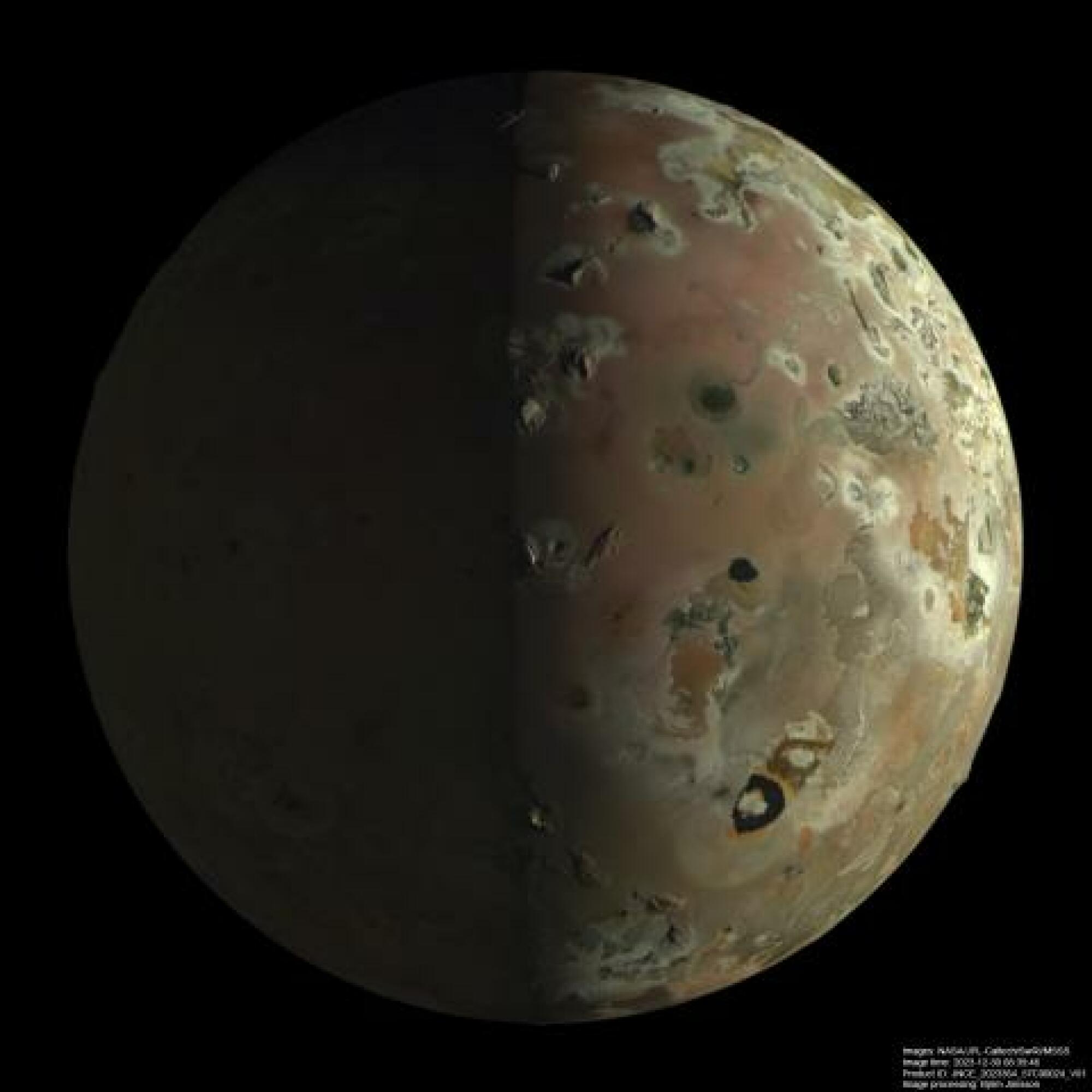
The recent Io images provide great detail about the moon’s terrain, particularly in the northern polar regions, Davies said.
These are huge mountains. Some of them are oddly shaped mounds, revealing volcanic collapses. Ultimately, the views will help researchers grasp how these large features formed.
“The images show this incredible menagerie of volcanic creatures on the surface,” Davies marveled.
Volcanic plumes shooting off Io
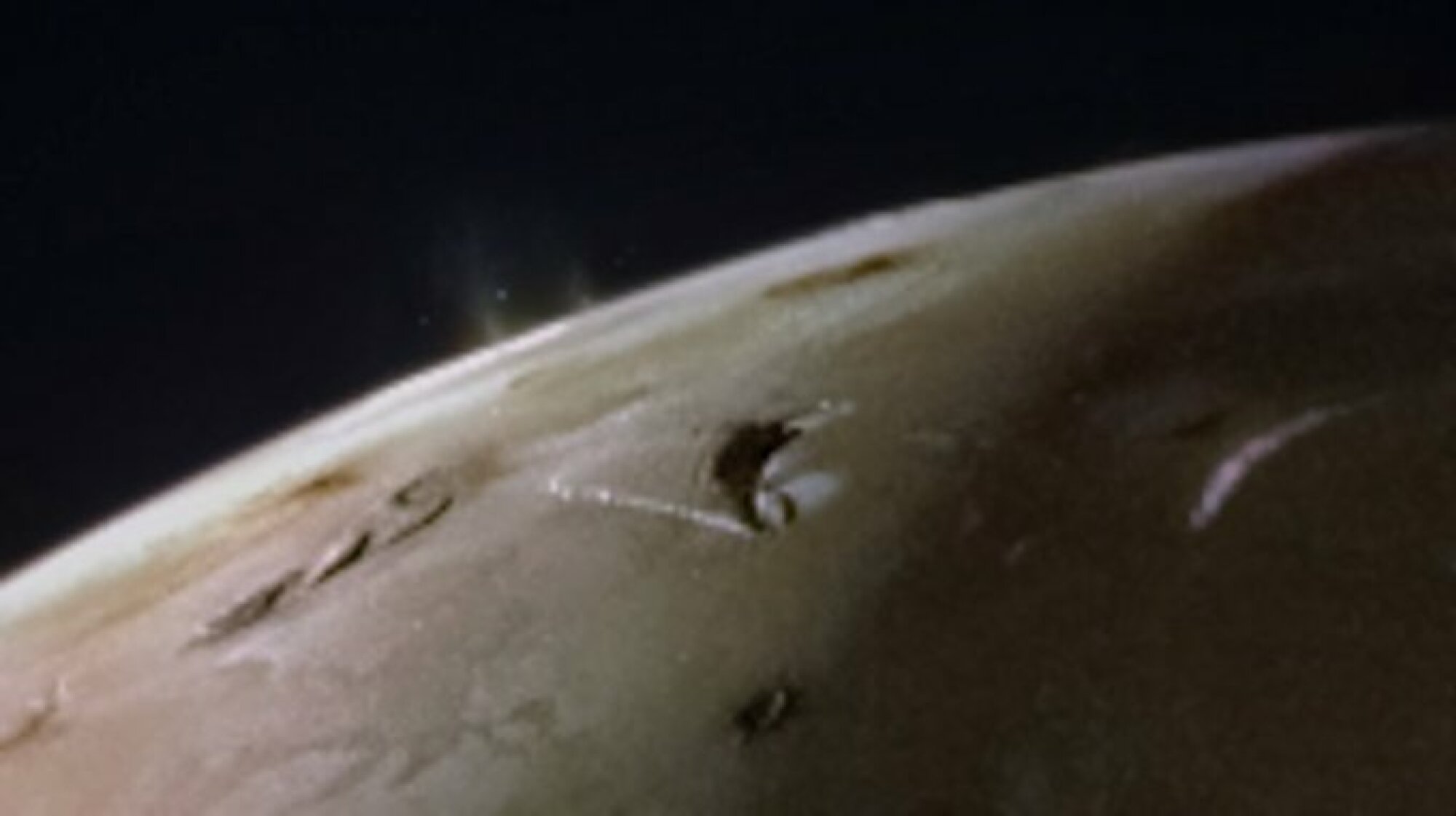
The most recent flyby — formally known as Perijove 58 for Juno’s 58th journey around the gas giant Jupiter — captured footage of plumes.
“On Feb. 3, the #JunoMission captured two volcanic plumes rising above Jupiter’s moon Io – either two vents from one giant volcano, or two volcanoes near each other,” NASA wrote about the intriguing observation on Feb. 5.
Upon closer investigation, space agency scientists have now narrowed the plumes’ location to Xihe, a volcano in Io’s southern hemisphere.
“Always exciting to see plumes,” Davies said.
Extraterrestrial plumes, while fascinating, are relatively common on Io, a world a little bigger than Earth’s moon but blanketed in hundreds of volcanoes. Just in recent months, Juno observed a hazy plume over the volcano Prometheus. NASA’s Galileo mission also captured a plume above these fields of lava in the year 2000.
The most powerful volcano in the solar system
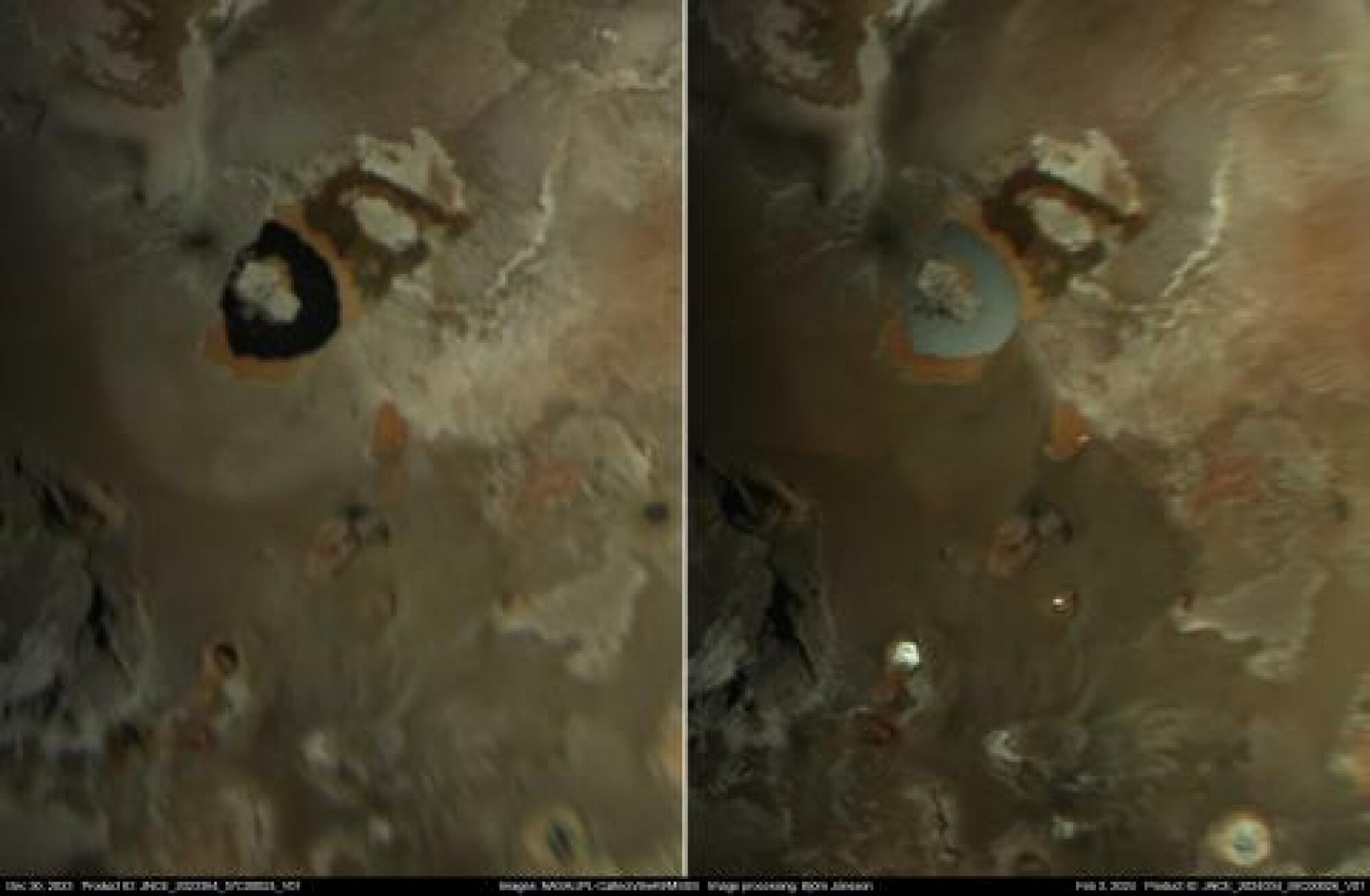
The newly returned images show clear views of Loki Patera, a volcano over 110 miles (180 kilometers) across that has formed a massive lava lake. The image above on right, taken on Feb. 3, reveals sunlight reflecting off of this lava field, which is likely covered with a smooth or glassy crust.
“It’s absolutely stunning, stunning imagery,” said Davies. “It’s the most powerful volcano in the whole solar system.”
Loki Patera consistently releases heat, and is “historically the most active and persistent hot spot on Io,” NASA explains.
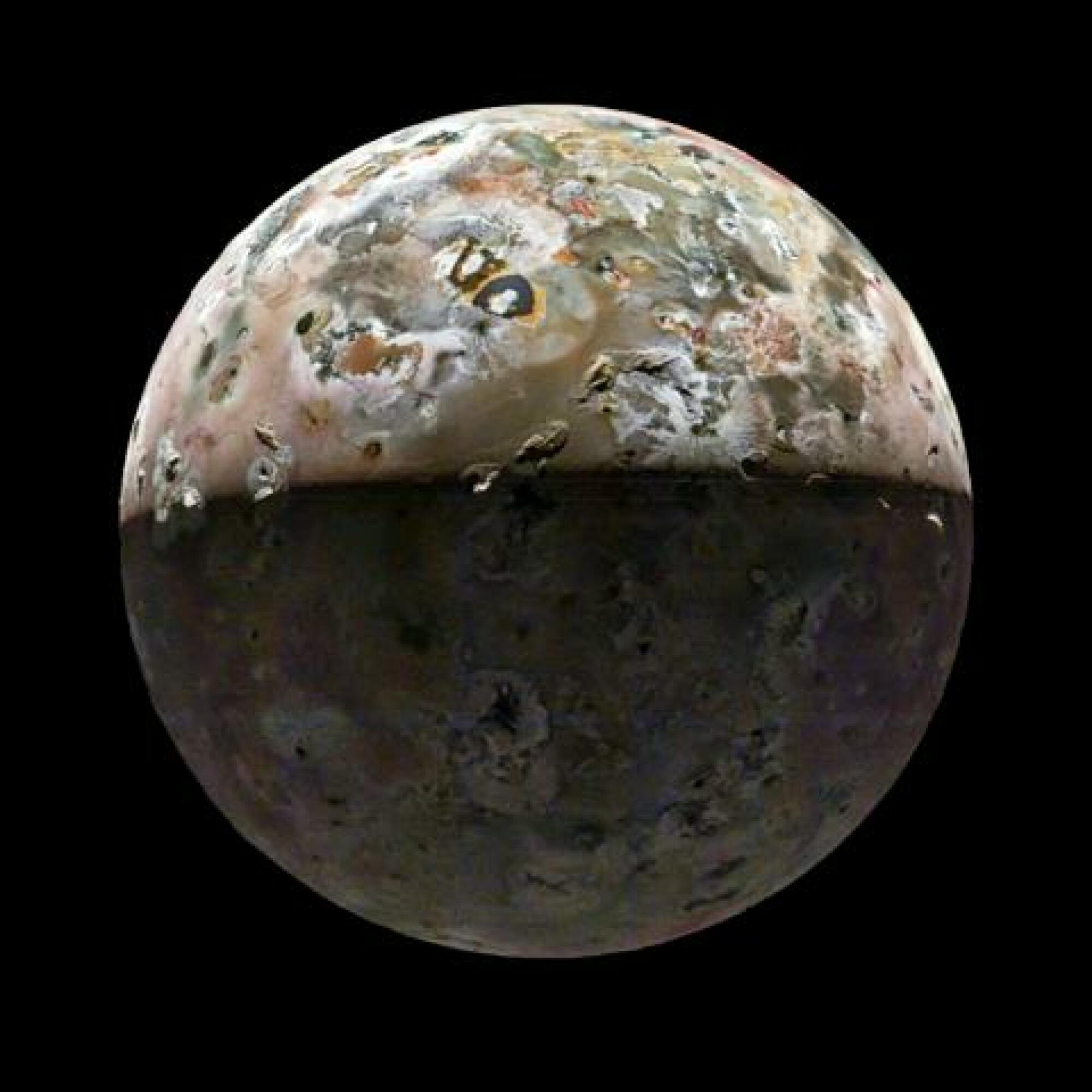
Looming questions remain about what’s transpiring beneath Io’s potent volcanoes.
Is there a grandiose global sea of magma swirling underneath Io’s surface? Or, perhaps, is the lava pouring onto the moon largely created by a process more similar to Earth’s, whereby a great amount of heat flow is created below the hard crust (in the upper mantle), which ultimately gives rise to regions where magma erupts onto the surface?
Stay tuned. With all this newly returned data and imagery, researchers may indeed find an answer.
